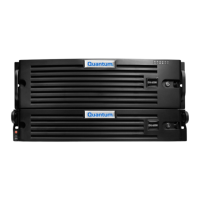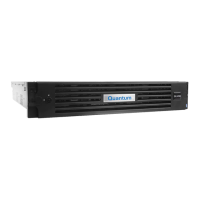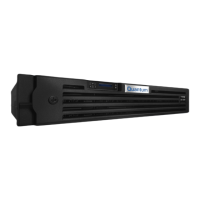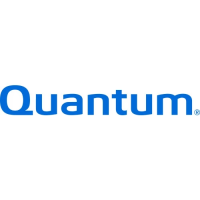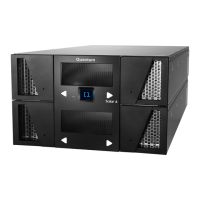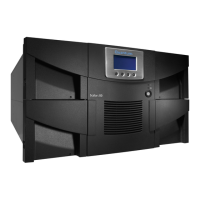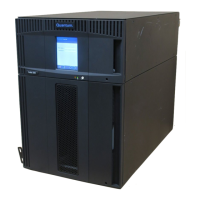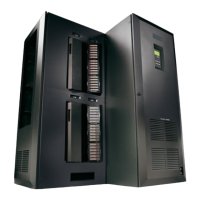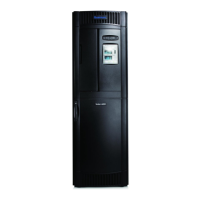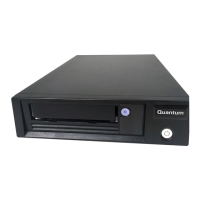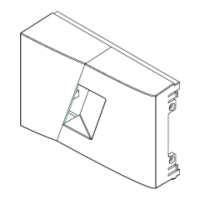Chapter 9: Configuration
Replication Configuration
Quantum DXi6900 User’s Guide 276
l It is typical for the target DXi to require additional disk space for replication data compared to the
source DXi. This is because complete replication data is sent to the target before old data is deleted.
For optimal performance, if the DXi is a replication target, Quantum recommends keeping the amount
of free space at 20% or more (see Disk Usage on page 182).
To add a replication source:
1. Under SourceDXis, click Add.
The AddAllowedSource window displays (see Figure 171 below).
Figure171:Add Allowed Source
2. In the SourceHostnameorIPbox, enter the hostname or IP address of the system that will send the
replicated data to the DXi6900.
Note:To use hostname format, you must specify at least one DNS IP address on the Network
page (see Network on page 305).
3. Click Apply.
Deleting a Replication Source
Delete a system from the list of replication sources if it will no longer send replicated data to the DXi6900.
After the source system is deleted, the DXi6900 will no longer accept replicated data from that system.
To delete a replication source:
1. Under SourceDXis, select one or more sources to delete.
2. Click Delete.
Note:If a source DXi is deleted from the list, its contribution to the cumulative totals on the Home page
are not removed until you clear Receive statistics (see Replication Performance on page 167).
Changing the Maximum Number of Snapshots
During scheduled or manual data replication, the DXi6900 receives a snapshot from the source system. A
snapshot contains all of the data necessary to fully recover or failback a NAS share or VTL partition to the
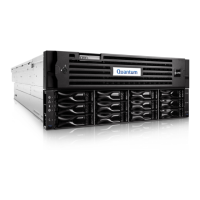
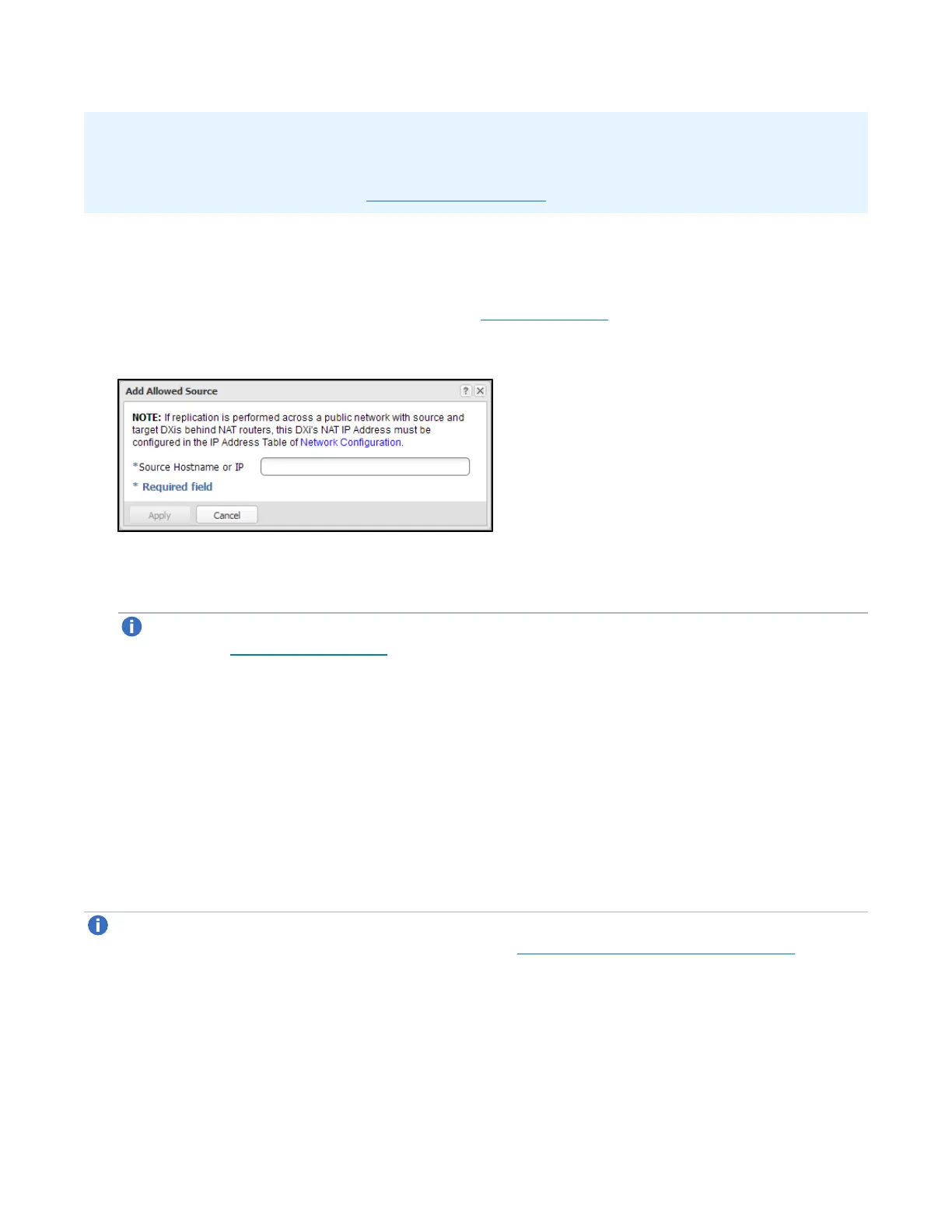